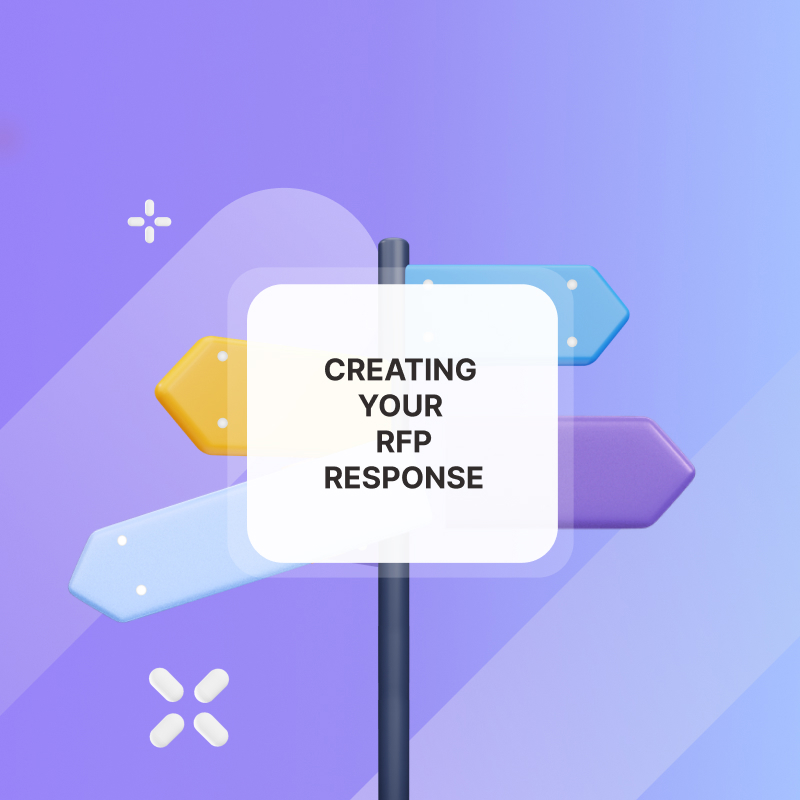
Every good story starts by introducing the main characters and setting the stage for the events that will unfold. Who are they? What are their motivations and backgrounds? Where and when does the story take place?
Well, meet our founders, Victor and Thomas. They have been business partners for five years already – successfully growing their London-based tech startup. But in late 2022, they decided it was time for a fresh start: new business, new technology, new approach, and application.
Welcome Hubforce, the product that has led you to this blog page.
But it wouldn’t be a good story without a conflict, the central problem that drives the story forward and raises the stakes. Nor would it truly depict their business journey together, which hasn’t been as straightforward as it might sound.
So, here’s a reflection on what’s made this story possible.
In short, it comes down to four key components in the business-building formula:
- Perseverance
- Speed of implementation
- Learning from mistakes
- Secret sauce
Each presents a takeaway for our past and future selves – and, hopefully, for our readers here who might find it useful. The experience that Victor, Thomas and their whole team have had up to this point is a path of a true Jedi – in our interpretation – that continues today.
Ready to dive deeper?
Chapter One. Perseverance
The first seeds were planted back in 2011. Victor, still a university student at the Queen Mary, University of London and a property broker on the side, just closed a big deal in London, getting a £50,000 commission out of it. Rarely something is clear at the age of 20 something but one thing Victor was sure about – his career couldn’t be tied to a traditional corporate job.
In 2014, he decided to start his own business, a b2b e-learning platform My Learning Hub, and he went all in. Successfully securing several tenders over three years of running the company, he reinvested everything back into product development.
In 2018, Thomas joined My Learning Hub. After getting his initial – and quite intense – sales scout experience at Lead Forensics, he saw potential in the emerging business partnership with Victor and didn’t look back.
Recalling those early times of working together, they seem particularly fond of this one memory. It was at the beginning of the pandemic that scared off many prospects and recurring clients: companies cut budgets as a response to the increasing loss and unpredictable risks. To add more to the gloomy picture, a VC fund that Victor just signed the terms with to accept a £500k investment, backed out of the deal due to a negative climate. By that point, other funds whose offers had been previously rejected in the process didn't want to invest anymore.
Victor, upset and almost desperate to call it quits, felt obliged to email a resignation letter for Thomas to sign, saying that he didn’t have the money to pay his salary. Instead of signing the letter, Thomas called Victor back with a more reassuring message: it wasn’t just about the money for him.
Of course, this level of partnership wasn’t built overnight, but that night meant a lot. Both hungry for making it work, they saw a reliable partner in each other – and an opportunity to build something great.
2020 turned into the best year they’d had by then – in revenue, product and team growth.
Most importantly, their experience of overcoming obstacles on their way – and doing it together – wouldn’t be otherwise possible without the shared level of perseverance, focus and trust, which determined the reality they have today.
Chapter Two. Speed of implementation
During the first months of the pandemic, when the corporate world seemed to be falling apart, a new client knocked on our demo door. It was Mitutoyo, the world's leading Japanese manufacturer of precision measuring equipment with an HQ in the US.
The task didn’t fit in the usual client brief for My Learning Hub that specialised solely in employee training and course authoring at the time: to build an external training portal for clients and partners which would allow Mitutoyo to continue the onboarding and implementation services remotely, thus, eliminating the need for travel that was suddenly restricted due to Covid.
This gave a head start to the first version of Hubforce, or Learning Hubs, white-labelled microsites populated with training content for a certain client, partner, distributor or reseller.
Now, it was important to catch this wave of unexpected but skyrocketing demand and close the promising deal. There wasn’t much time to fully assess every single feature and plan ahead – but we believed in the product and had to act quickly. Full of energy and anticipation for a new product launch, the team managed to design the initial product prototype in a week. And… we got this contract signed!
In the next four months, the prototype was developed, tested and shipped.
In the following months after the release, we signed twelve more clients and tripled our annual revenue in 2021.
It felt good.
Where’s next?
Read The Jedi Path Part II in the next blog post to find out more about what we’ve done wrong, how it determined why we started Hubforce, and what we’re doing differently now.
And we are spilling the tea secret sauce in a bonus chapter for our most dedicated readers.


















